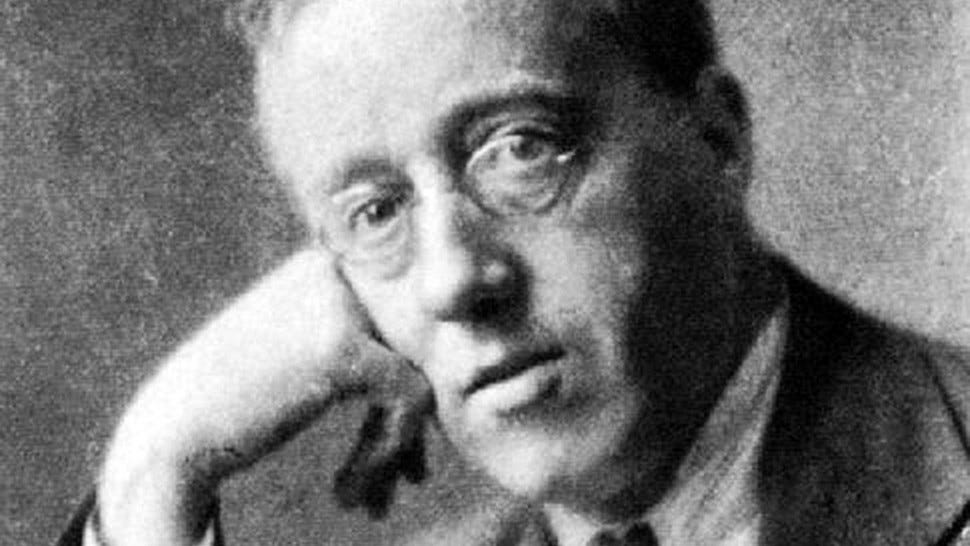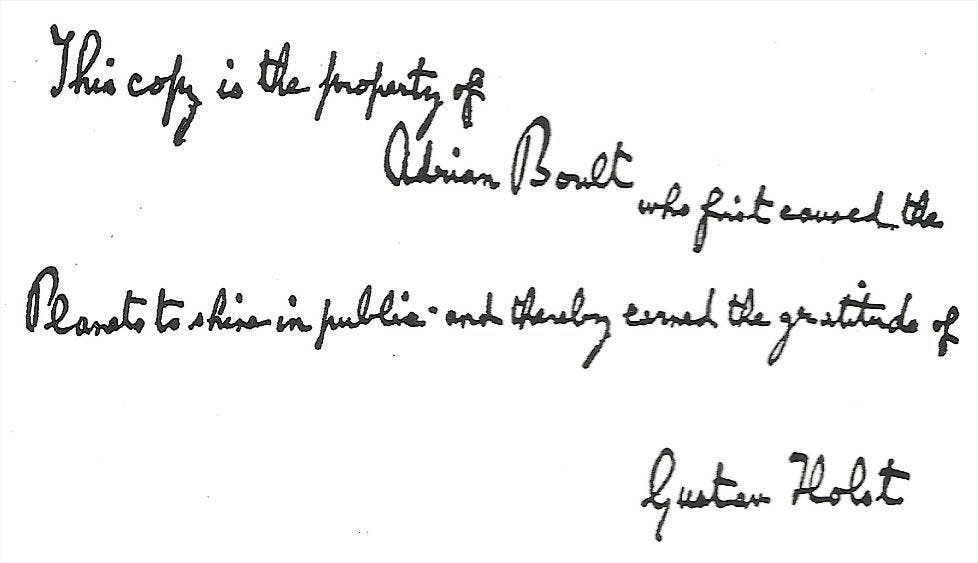
Gustav Holst is often put on those rather lonely lists of composers and artists considered as being one-hit-wonders. It isn’t quite true with Holst, but considering that his magnum opus, The Planets, is so overwhelmingly popular, I can understand how it can overshadow his other pieces.
Before we dive into The Planets, I’d like to mention a few pieces by Holst that are very well known to anyone who may have played in band or orchestra through high school. If you played a stringed instrument, chances are you would’ve probably played his St. Paul’s Suite for String Orchestra, which was completed in 1922 and quickly became a very popular piece to perform for English orchestras of all levels. It’s challenging but not impossible to play, and the tunes are memorable and very well written…and very British!
Bands and wind orchestras flourished in Britain in the first half of the 20th century, not only as a popular outlet while in school, but military bands as well. All of the major British composers wrote for band, but Holst’s two Suites for military band stand out for their musicality and ingenious use of the instrumental colors available in this type of ensemble. These two suites are frequently played by high school and college bands to this day and they remain some of my most favorite pieces of any style.
Holst began composing The Planets in 1914, taking two years to complete. It’s important to note that while Holst named them after each planet in the solar system, their corresponding astrological character was what Holst was depicting through music. In other words, astronomy has no bearing on this composition, whatsoever, which also explains why the Earth, Sun, and Moon aren’t depicted. The corresponding Roman deities aren’t a driving force for these movements, either. What did have the most influence on Holst’s musical depictions of these movements was Albert Leo’s book, The Art of Synthesis.
Here are the names of the movements:
Mars, the Bringer of War
Venus, the Bringer of Peace
Mercury, the Winged Messenger
Jupiter, the Bringer of Jollity
Saturn, the Bringer of Old Age
Uranus, the Magician
Neptune, the Mystic
Holst’s first version of The Planets in 1916 was for piano for four hands. This version is still occasionally played and I find it particularly fascinating to hear the difference between the two versions.
The orchestral premiere took place on September 29, 1916, with Adrian Boult conducting the Queen’s Hall Orchestra (in Queen’s Hall) to an invited audience of about 250. It’s hard to imagine what this premiere actually sounded like, since the musicians received the music just two hours before the concert. Nevertheless, Holst was forever grateful to Boult, who conducted it for the rest of his life and recorded it five times, and to the wealthy composer H. Balfour Gardiner, who financed the entire premiere.

The first public performance of the complete piece took place November 15, 1920, with Albert Coates conducting the London Symphony.
One of Leonard Bernstein’s great Young People’s Concerts with the New York Philharmonic is of The Planets and it’s such a delight to watch.
Here are my favorite videos/recordings.
Boult’s first recording from 1945
Boult’s fourth recording from 1967
